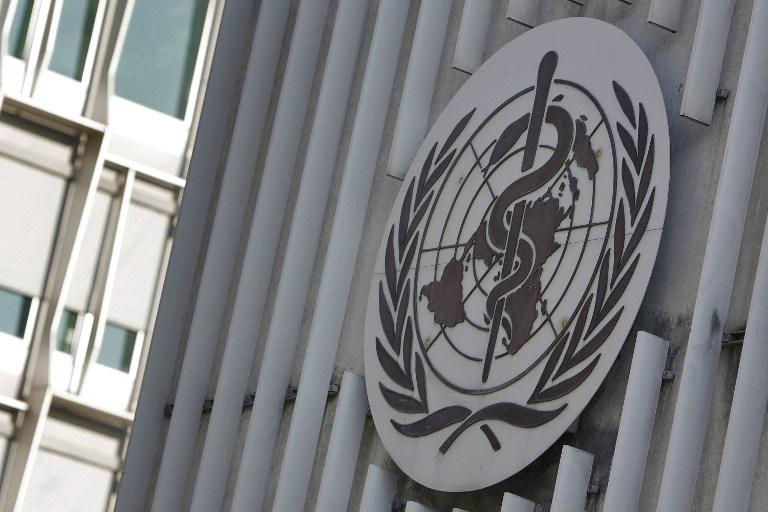WHO urges Equatorial Guinea to report all Marburg cases

GENEVA, Switzerland - The World Health Organization urged Equatorial Guinea to report all Marburg virus cases to the WHO, amid fears that transmission may be more widespread than divulged, warning communities need alerting.
WHO chief Tedros Adhanom Ghebreyesus said there had been nine officially reported cases of the virus in Equatorial Guinea, with seven deaths.
These cases are in three provinces, some 150 kilometers apart, "suggesting wider transmission of the virus", he said.
"WHO is aware of additional cases and we have asked the government to report these cases officially to WHO."
On March 22, the WHO's Africa regional headquarters said it knew of 20 further probable cases, all of whom were dead.
The WHO's alert and response director Abdi Mahamud said there were "signs of the wide spread of transmission that are making us (worried)," adding: "This outbreak, as it stands, is larger and may be seen in more provinces."
"More than the case count number, it's the extent of the geographical spread."
The Marburg virus causes severe fever, often accompanied by bleeding and organ failure.
It is part of the so-called filovirus family that also includes Ebola, which has wreaked havoc in several previous outbreaks in Africa.
WHO emergencies director Michael Ryan said countries had clear international obligations.
"When we're in the middle of an outbreak, and we have new and significant information, particularly related to lab-confirmed cases of dangerous pathogens, ... communities need to be made aware, put on the alert and able to take action," he said.
Any delay in releasing such information, Ryan said, especially when it relates to newly-affected areas, prevents that process.
"What we can't have is unnecessary delays in reporting disease," he said.
The suspected natural source of the Marburg virus is the African fruit bat, which carries the pathogen but does not fall sick from it.
The virus can pass to primates in close proximity, including humans, and human-to-human transmission then occurs through contact with blood or other body fluids. -- Agence France-Presse



